Gardeners’ World 2022 episode 25: In this special episode, Rachel de Thame and Arit Anderson explore the role gardeners can play in having a positive impact on wildlife in their gardens, allotments and communal green spaces.
Nick Bailey meets an entomologist on a mission to change our perceptions of common garden pests, Kate Bradbury shows how she gardens in harmony with wildlife on her allotment, and there’s a look at a city garden where the wildlife is flourishing. We also meet a gardener in Kent who wants to have as many creatures on her plot as possible, and viewers share the joy that wildlife brings to their gardens.
Across the country `Gardeners’ World’ presenters, from their own gardens and homes, give advice and share their knowledge to enable people to get the most out of their gardens. For further inspiration, professionals, horticulturists and hobby gardeners provide fellow green-fingered enthusiasts with useful tips and suggestions, no matter the size of garden or level of expertise. Whether it is creating depth in a small, backyard garden or how to make the most of the latest spinach crop with homemade pesto, presenters prove that the possibilities are endless for any gardener and garden.
Gardeners’ World 2022 episode 25
Ragwort
Ragwort (Senecio jacobaea) is native biennial which is a food souce for a wide range of insects. It is not usually a significant problem in gardens, but its poisonous qualities can make it a serious weed of paddocks and gardens backing onto fields grazed by horses or cattle.
Ragworts are found throughout the British Isles in grassland, verges, waste land and negelected or over-grazed pastures. Its flowers are attractive to a wide range of insects including butterflies and moths. The distinctive yellow and black striped caterpillars of the Cinnabar moth are often seen feeding on the foliage. In gardens, ragwort can be a welcome food source for many insects and a cheerful addition to a flower-rich meadow, provided this is not near paddocks grazed by horses and livestock. Learn more about making the most of lawns as a wildlife habitat and ways to help our bees and butterflies.
Ragwort is rarely a problem in gardens but may occur in pony paddocks, railway embankments and areas of unimproved pasture. Cattle and horses are particularly susceptible to poisoning. Cutting, wilting and the treatment with herbicides make ragwort less unpalatable to livestock and poisoning mainly arises from eating contaminated hay.
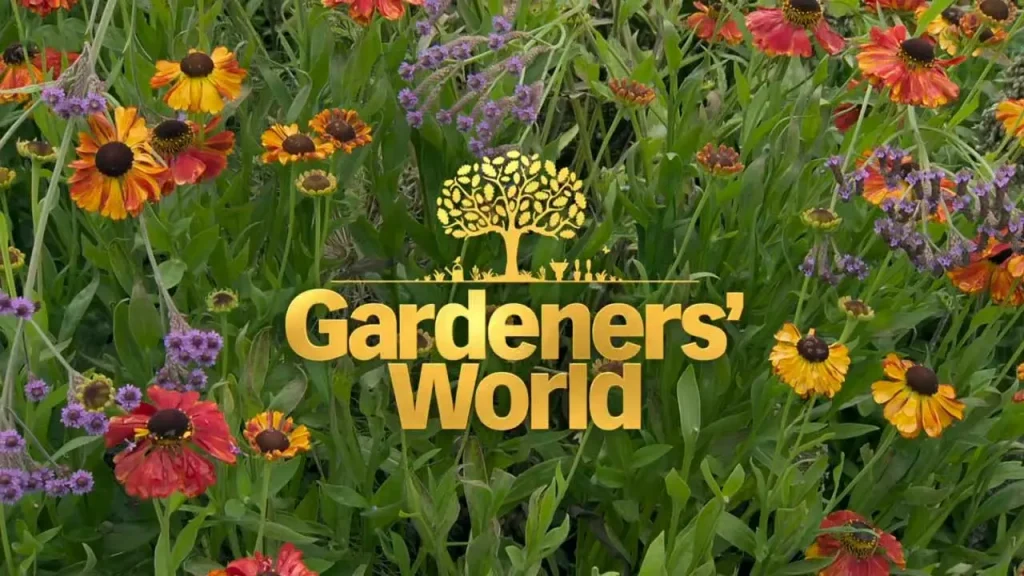
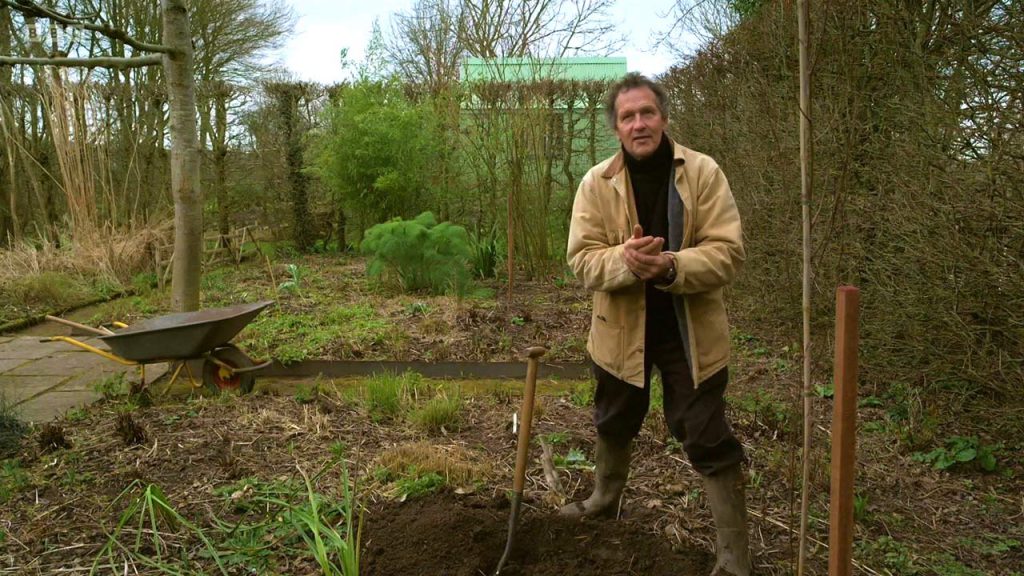
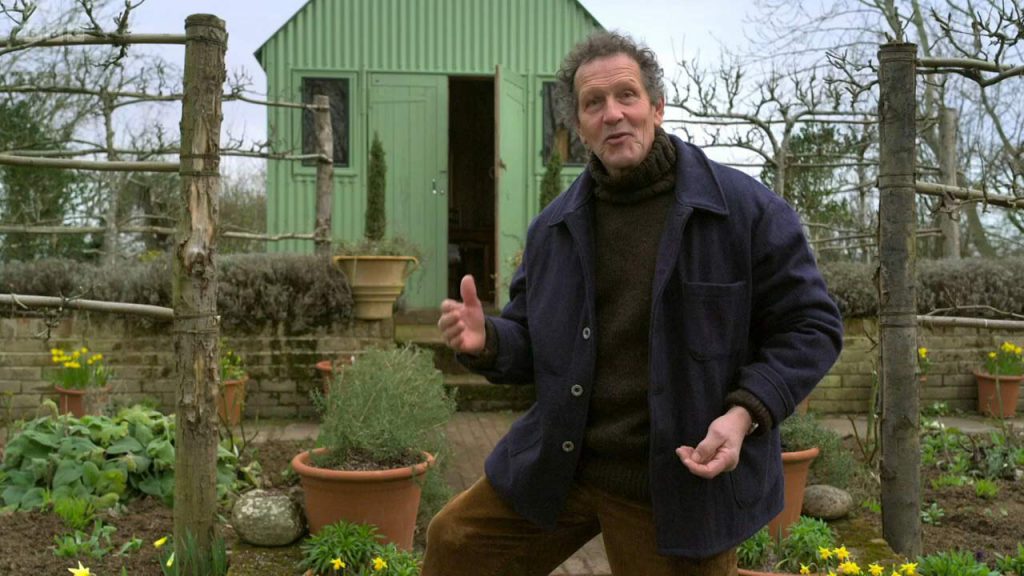
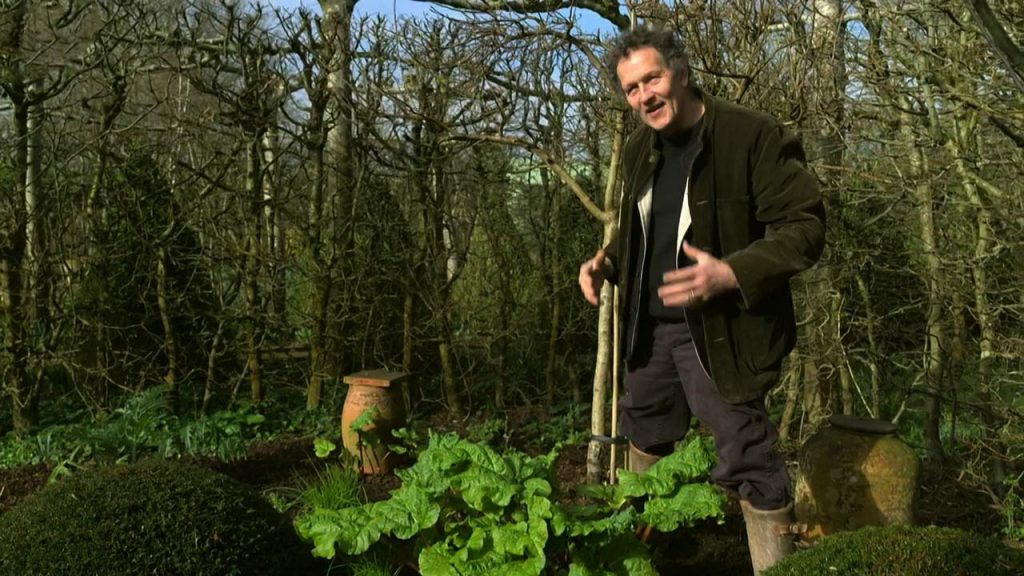
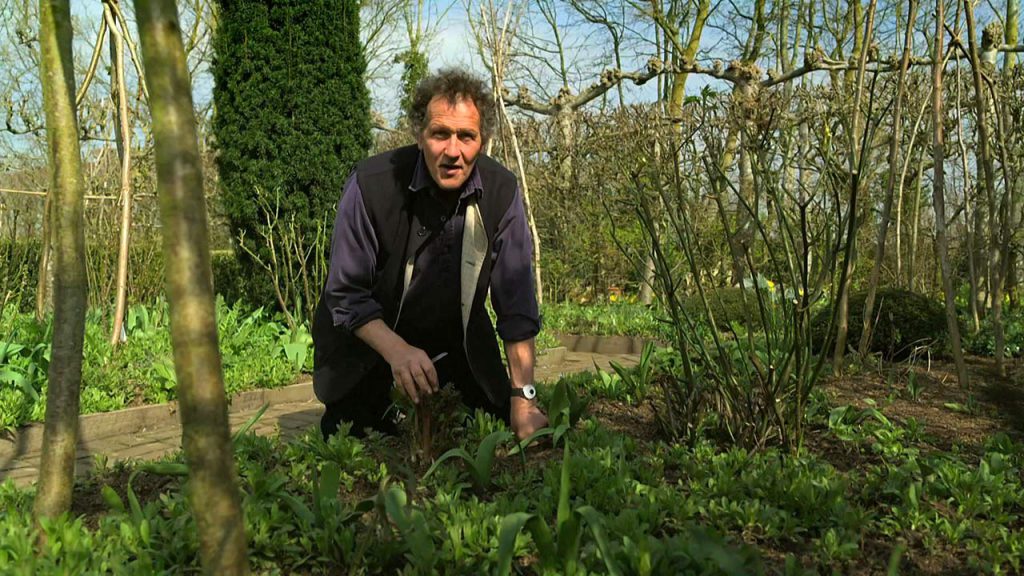
You beautiful individual! Thanks a ton for uploading the entire collection.